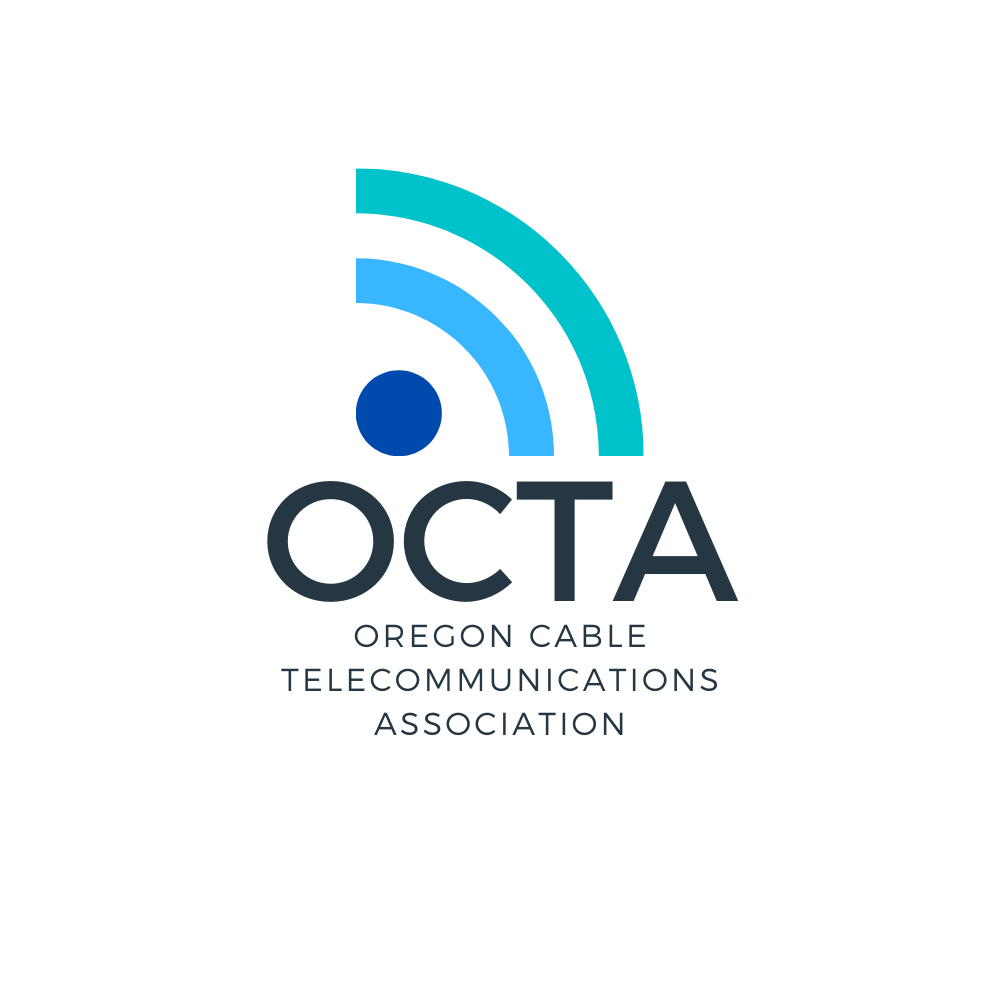
Oregon Cable Telecommunications Association
About OCTA
OCTA’s Board of Directors
OCTA’s Staff
Become an OCTA Member
Supporting broadband access for those who need it most
In 2023, Oregon had a once in a generation opportunity to utilize $688 million in federal grant funding to expand broadband access.
OCTA and its members advocated tirelessly with the state legislature to ensure that the unprecedented level of federal funding was directed toward unserved and underserved communities.
Working with legislators and the Oregon Broadband Office, OCTA helped pass HB 3201, ensuring that federal broadband funding was administered correctly, appropriately and to those who need it most.
Find a Cable Provider
OCTA’s members provide cable services to Oregonians in communities throughout the state. The link below can help you find a service provider in your area.
What we do
The Oregon Cable Telecommunications Association (OCTA) includes cable, voice, and internet providers who connect millions of Oregonians to broadband throughout our state. Our members have a rich history of providing service to Oregonians and was one of the first states in which cable services delivered broadcast TV channels to customers.
Did you know?
In 1948, Oregon was one of three states where the first cable services delivered broadcast TV channels to customers.
Leroy “Ed” Parsons, a radio station owner in Astoria during World War II, is one of the people credited with the invention of cable television in the United States. In 1946, Ed and his wife, Grace, saw television for the first time at the broadcaster’s convention and purchased a television not long after.
When KRSC in Seattle, WA received a television broadcast license in the spring of 1948, Ed began experimenting with television signals at his home in Astoria. He built an amplifier that would boost the station’s signal and was able to access KRSC’s television stations in his home.
Ed and Grace lived across the street from the John Jacob Astor Hotel in downtown Astoria and agreed to drop a cable down the elevator shaft of the hotel so it could receive cable in the lobby. Ed later convinced a local music store owner to install a television in his storefront, but the traffic caused by the crowds watching the television caused a public nuisance, so Ed soon began installing cable to individual homes for a one-time fee of $125.
In 1953, Ed and Grace left Astoria and moved to Alaska where he worked as a bush pilot. There is a monument in Astoria, OR commemorating Ed’s achievement near the Astoria Column.
You can learn more about Ed in this oral history from The Cable Center.





